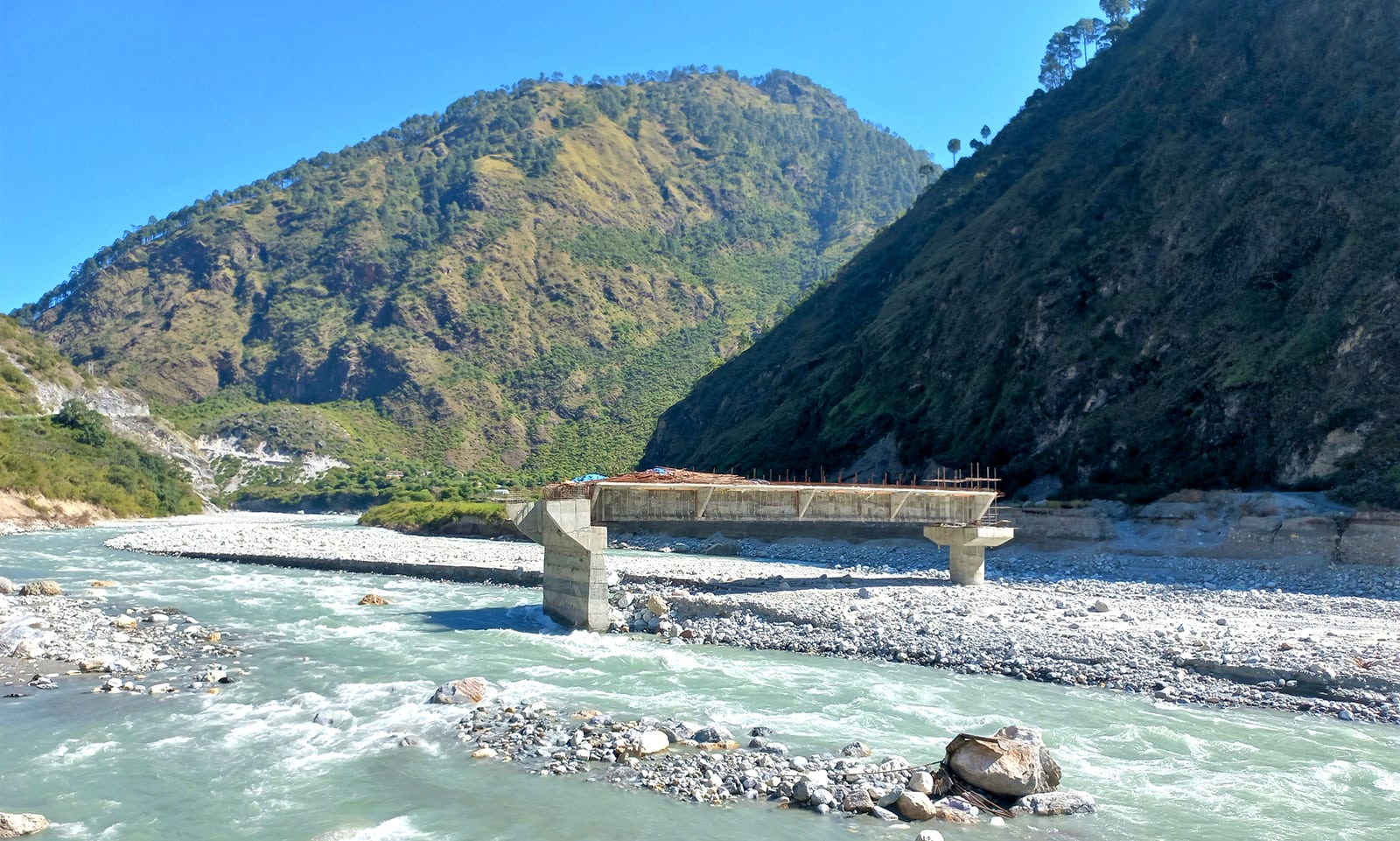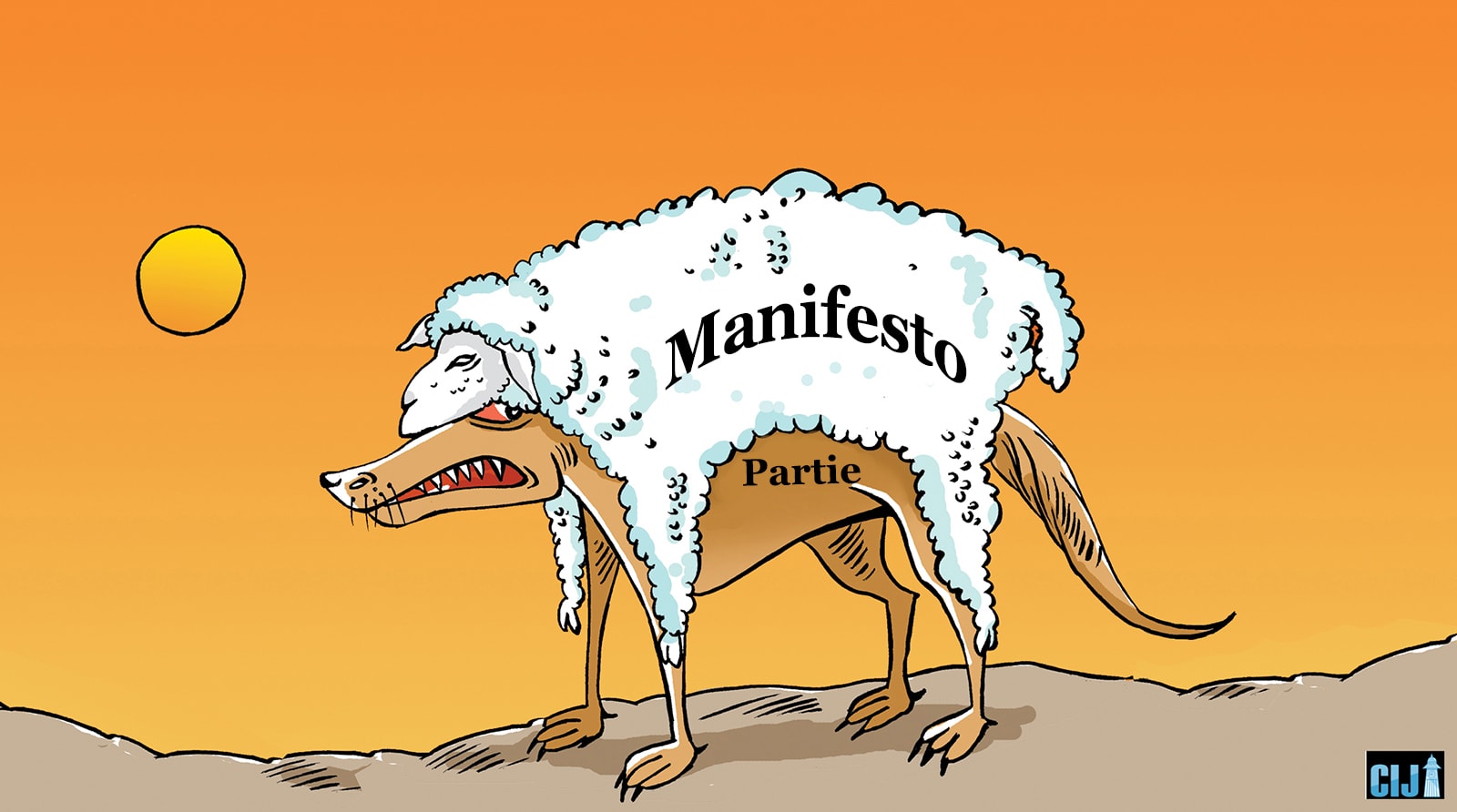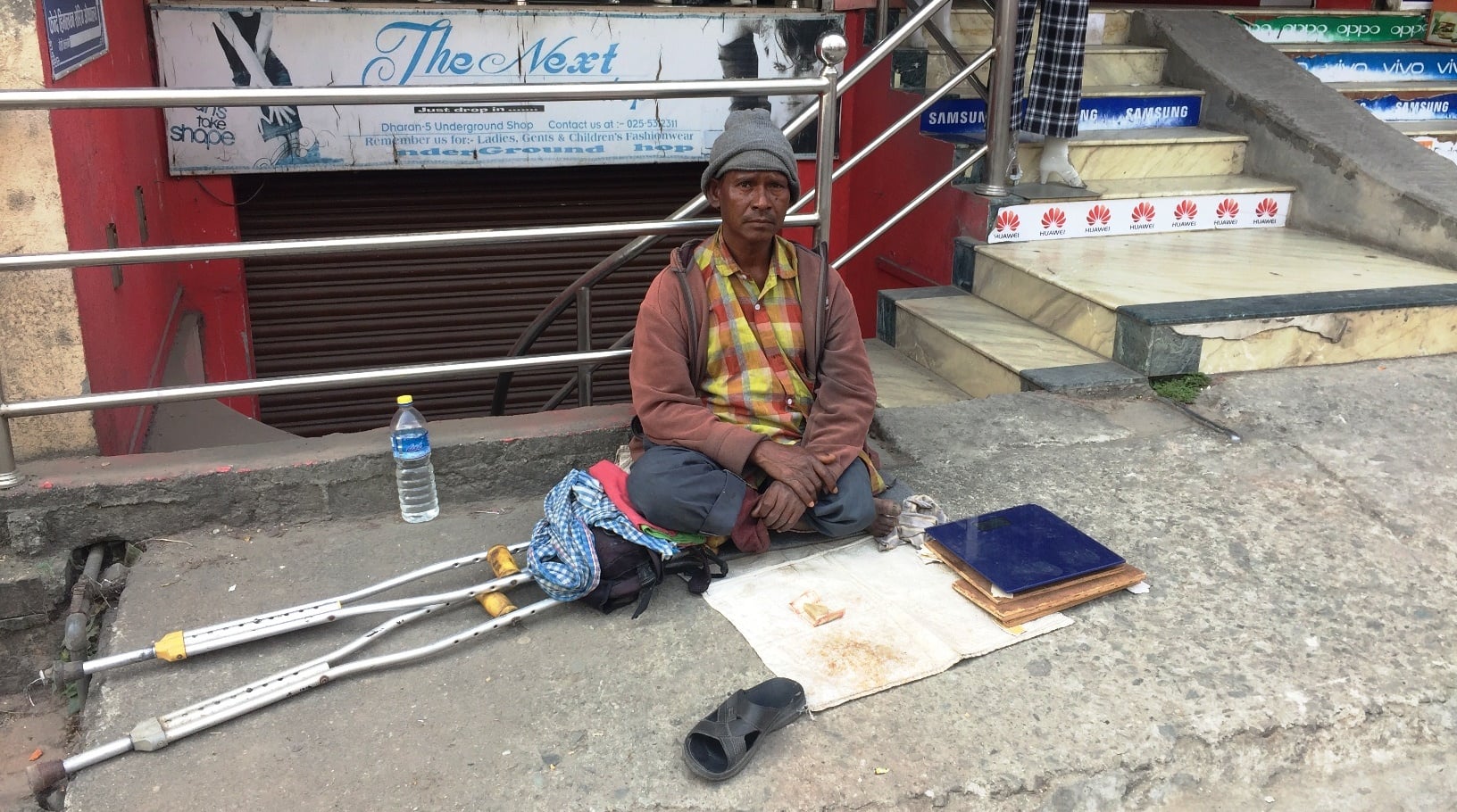Bhaktapur, Lalitpur and Kathmandu have joined hands with local people and experts to restore ponds, indigenous wells, royal canals and stone spouts that face extinction due to rapid urbanisation.
Himal Lamsal: Centre for Investigative Journalism-Nepal
The public land of Ranipokhari and its surrounding in Bhaktapur Municipality-1 had been transferred to Nepal Army in 1983 due to a government decision. The Cabinet of the time had decided to acquire the 32-ropani land around Ranipokhari for military training. This had disconnected the people with the pond.
When the land came to the ownership of the army, the public could not access the pond. The locals had to take permission from the army to access the pond for the annual worship on the Akshay Tritiya and the Digu Dya celebrations.
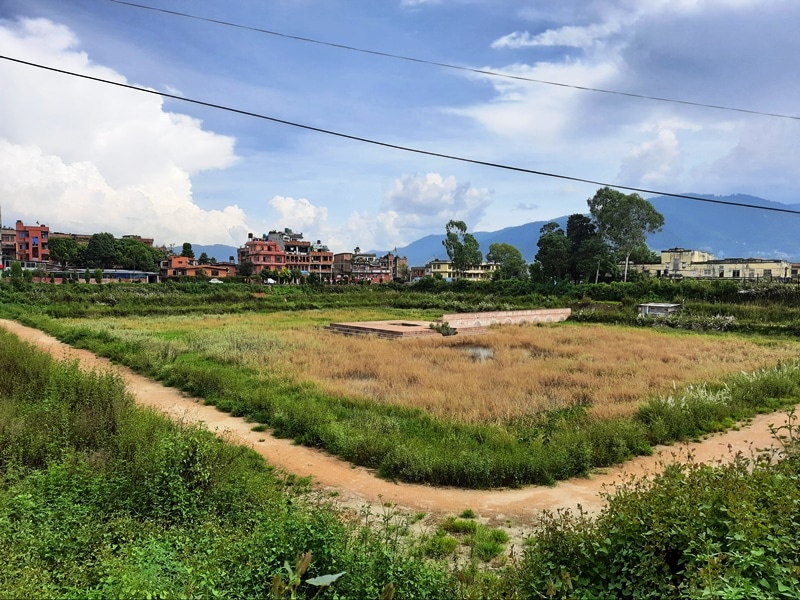
Bhajya Pond in Bhaktapur, which is currently undergoing conservation work. Photos Himal Lamsal
Now, the Bhaktapur Municipality is gearing up to return the 389-year-old Ranipokhari in its original form after the army in May 2019 granted the municipality with permission for the renovation.
The pond will be open to the public once the renovation is over. According to Sunil Prajapati, the mayor of the municipality, “The renovation is being undertaken in coordination with the army. The Ranipokhari is set to return to its original form, thanks to the efforts of the municipality and the public.”
According to Dr. Purushottam Lochan Shrestha, professor at Tribhuvan University, the Ranipokhari in Bhaktapur was built by Jagjyoti Malla in 1687 BS in the memory of his wife Rajyalakshmi. According to Shrestha, it is considered to be 40 years older than the one in Kathmandu.
The municipality allocated Rs1.7 million in the fiscal year 2018/19, Rs10 million in 2019/20 and Rs5 million in the current fiscal year for the conservation of and renovation of the Ranipokhari and the park surrounding it.
According to Ram Govinda Shrestha, head of the Project and Heritage section at the municipality, they are now putting black soil in the pond to retain water, building walls around the pond, and terracing. “The pond will add to the beauty of Bhaktapur,” Shrestha said.
The municipality aims to complete the renovation process within this fiscal year and open the pond for the public next year.
The municipality has also begun the conservation and reconstruction of four other ponds within its jurisdiction. In August 2018, the city meeting decided to reconstruct the Bhajya pond, located in Ward-1, in the traditional way on the basis of historical documents. The meeting formed a five-member taskforce for the same. According to Prajapati, the mayor, the municipality began reconstruction work in the pond, which has a Shiva temple in the middle, in the traditional way after the task force submitted a report with historical facts. The report of the task force says that the Bhajya pond, constructed in the 12th century, is considered five centuries older than the Ranipokhari.
The municipality allocated Rs1.5 million for the conservation of the Bhajya pond in the fiscal year 2017/18; Rs4.2 million in 2018/19; Rs6 million in 2019/20; and Rs5 million in 2020/21. In the current fiscal year, it also allocated an additional Rs10 million for the construction of the Shiva temple in the middle of the pond.
The municipality has accelerated its efforts to conserve several other ponds within its jurisdiction including Jela Pokhari, Siddha Pokhari, and Kamal Pokhari. According to Rajani Joshi, the deputy mayor, the municipality has also started conservation work for several wells, including Taumadi Inaar, Kuske Chowk Inaar, Kwathandau Inaar, Tuchhimala Inaar, Tahamanla Inaar, Jela Inaar, and the Ilabu Pond area. “The municipality considers restoring and conserving the resources of ancient ponds, wells, and lakes made by our ancestors because water is life for us,” Joshi said.
Madhyapur gets its act together for heritage conservation
Bhaktapur’s Madhyapur Thimi Municipality has also begun the restoration of historical ponds and stone spouts within its jurisdiction. Madan Sundar Shrestha, the mayor, said that ever since he was elected, he gave a new lease of life to five ponds that had remained neglected for a long time. “Two ponds had turned into playgrounds. We coordinated with the locals to return them in their original form.”
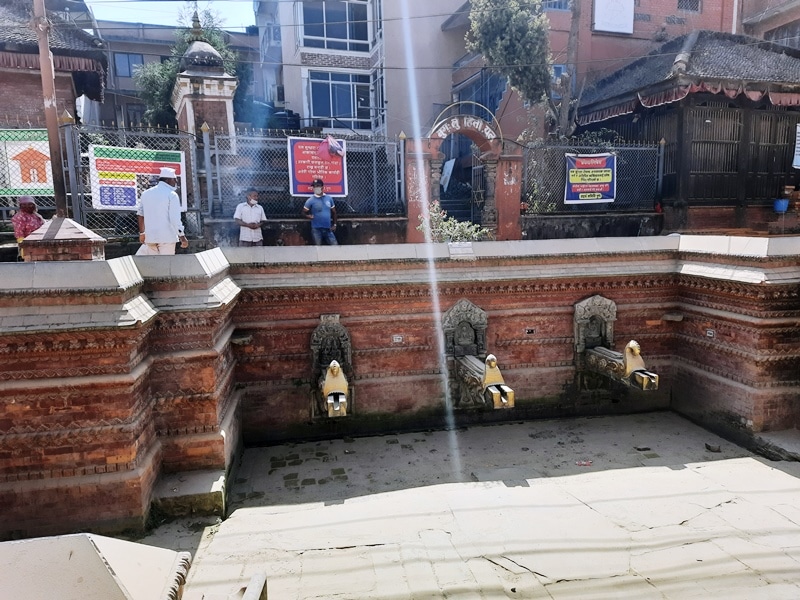
Patan Sundhara Hiti in Lalitpur.
Of the two ponds (Nigu Pukhu) in Ward-4 of the Madhyapur Thimi Municipality, one has already been restored and another is under restoration. According to the mayor, there are 25 ponds in the Madhyapur Thimi area, out of which five are under conservation right now. According to Anjana Devi Madhikarmi, deputy mayor of the municipality, “There is no conflict in the conservation process as work is underway in coordination with locals and conservationists.”
Professor Purushottam Lochan Shrestha said the heritage conservation and reconstruction process has begun in Bhaktapur after elected local representatives took office. “There have been a few cases of conflict here and there. But lately, the local levels have been restoring heritages only after consulting with experts. This is laudable.”
Water in the royal canal
Lalitpur’s Godawari Municipality has restored the royal canal from Tikabhairav Lele to Nakhipot. At a time when the royal canals in the valley have lost essence for being without water, the one that has been restored now has water running from Lele to Khumaltar via Nakhipot. Gajendra Maharjan, the mayor of the municipality, said the royal canal was repaired and brought to use as the heritage was facing a crisis.
“The royal canal was damaged at various places when we took over. So we repaired it from Tika Bhairav to Nakkhipot. Now we plan to take the water of the royal canal to the Patan area in Lalitpur and return the stone spouts and ponds to their original shape.”
The municipality provided Rs2 million and Rs6 million in the fiscal years 2017/18 and 2017/18 respectively. It has allocated an additional Rs5 million towards irrigation and royal canal repair. The royal canal had been left in disrepair since 1990 when the caretakers of the royal canal had been removed from the job.
Saptapatal Pokhari gets new lease of life
The Saptapatal Pokhari, located near the Lagankhel Bus Park in Lalitpur, has been saved by the locals from turning into a business complex. The Namuna Machchhindra Secondary School had got the Saptapatal Pokhari and the pond’s land in its name in 1977. In 2003 BS, the school decided to turn 14 ropani of the pond’s land into a business complex.
However, Lalitpur residents, including one Purna Sthapit, filed a petition at the Supreme Court seeking cancellation of the plan. The apex court in 8 Magh 2061 ordered the school not to build any structure in the land. When the school began to construct a building ignoring the Supreme Court order, Sthapit filed another writ petition at the court again. Accordingly, the Supreme Court in June 2019 ordered that the land belonged to Saptapatal Pokhari and not to the school. Sthapit, who is also the chairperson of Lagankhel Vatavaran Sudhar Sanstha, said, “We’ve been able to stop the pond from turning into a business complex after a 15-year struggle.”
After the court’s order, Sthapit is working on a plan to return the 14-ropani Saptapatal Pokhari area to its original shape and is being supported by the Lalitpur Sub-metropolitan City. The city has allocated Rs2 million towards the reconstruction of the pond for the current fiscal year. According to Gita Satyal, the city’s deputy mayor, “The historical Saptapatal Pokhari will be reinstated in its old form in a place which has been protected by the locals after a long struggle.”
According to locals, the water flowing along the royal canal from Tikabhairav Lele used to reach Saptapatal Pokhari until 1977. However, physical infrastructures, including roads, broke the flow in the course of time. Now, the city plans to repair the canal and connect it to Saptapatal and other ponds in the city.
Focussing on stone spouts
Lalitpur Sub-metropolitan City mayor Chiri Babu Maharjan said work was underway to return old stone spouts in the city, including Mande Hiti and Sincha Hiti, to their original forms. “Only 30 percent of the 69 stone spouts in the city have water at the moment. So we have geared up to give a new lease of life to the stone spouts and ponds that have remained neglected since 1990.”
The city has already completed conservation of Purna Chandi Pokhari and Pimbal Pokhari and has also begun conserving the Nhu Pokhari near the Lalitpur District Court.
According to Ward-5 chairperson Bikas Man Shrestha, the city allocated Rs500,000 in the fiscal year 2018/19 for the conservation of Nhu Pokhari and Rs1 crore in the current fiscal year.
Rapid urbanization, unplanned physical infrastructure development, and a rising population have led to continuous deterioration and extinction of traditional taps, wells, ponds, and springs in Kathmandu. However, with the local levels beginning conservation programs, water sources currently in disrepair are finally coming back to life.
According to a study conducted by the Kathmandu Valley Water Management Board, 40 ponds within the valley have become extinct due to human encroachment. According to the board, only 193 of the total 233 historical ponds in the valley are in existence today.
The board’s study has shown that 94 stone spouts have become extinct in the valley due to urbanisation and human encroachment. Although 52 of the now-extinct stone spouts have been mapped, little is known about the other 42 spouts. The board’s study found there were 573 stone spouts in the valley, out of which only 479 exist today.
Sanjeev Vikram Rana, executive director of the board, said local level representatives have in the recent past become quite active in conserving historical stone spouts and ponds in the Kathmandu valley. “If the local levels are keen, they can repair the royal canal and turn the historical stone spouts and ponds in their ancient structures,” Rana said.
Water resources expert Padam Sundar Joshi said as soon as elected representatives took over at local levels, they began important work towards the conservation of stone spouts and ponds. “Some local levels have given a new lease of life to ponds that had almost become non-existent.
“Conserving ponds is not enough. We also need to begin collecting rainwater and conserving groundwater. We’ll live only if we conserve water.”

